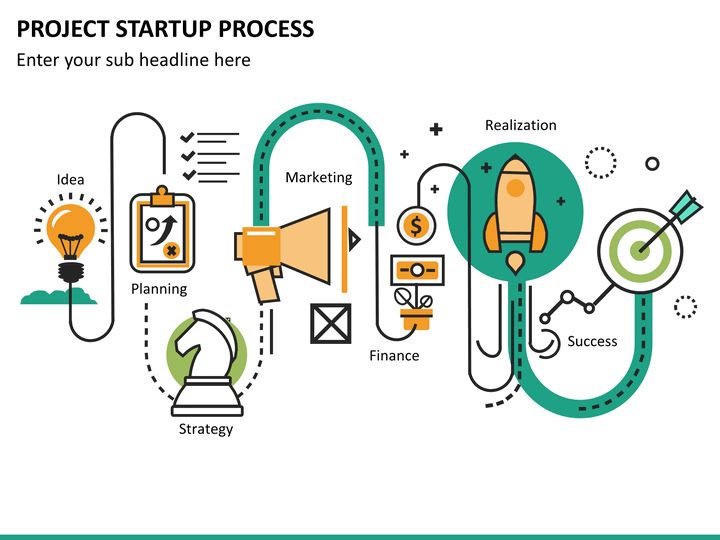Project Start-up
Project Start-up
We Are Here To Increase Your Knowledge With Experience
The parent organization’s decision-making process influences when start-up activities of the project will take place. The transition from planning to project initiation is typically marked by the decision to fund the project and selection of the project manager. However, selection of the project manager is not always the defining event. Some organizations will have the project manager involved in project evaluation activities, and some select the project manager after the decision to fund the project has been made. Including the project manager in the evaluation process enables the project manager to have an understanding of the selection criteria that he or she can use when making decisions about the project during later phases. Selecting the project manager prior to a complete evaluation also includes some risks. The evaluation of the project may indicate a need for project manager skills and experiences that are different from the project manager who is involved in the evaluation.
Selecting the best project manager depends on how that person’s abilities match those needed on the project. Those skills can be determined using the Darnall-Preston Complexity Index (DPCI). If the project profile indicates a high complexity for external factors and a medium complexity for the project’s technology, the profile would indicate the preference for a project manager with good negotiation skills and an understanding of external factors that affect the project. Because of the technological rating, the project manager should also be comfortable in working with the technical people assigned to the project. The project manager involved in the project selection process may not be the best match for the project execution.
During the start-up of a project, the project manager focuses on developing the project infrastructure needed to execute the project and developing clarity around the project charter and scope. Developing the project infrastructure can be a simple task on a project with a low complexity level. For example, the project manager of a worker training project in South Carolina who works for a training college has existing accounting, procurement, and information technology (IT) systems in the college that he or she can use. On large complex projects, a dedicated project office, IT system, and support staff might be needed that would be more challenging to set up. For example, on a large construction project in South America, the design and operations offices were set up in Canada, Chile, and Argentina. Developing compatible IT, accounting, and procurements systems involved a high degree of coordination. Acquiring office space, hiring administrative support, and even acquiring telephone service for the offices in Argentina required project management attention in the early phases of the project.
The project manager will conduct one or more kickoff meetings to develop plans for the following activities:
- Establish the project office.
- Develop project policies and procedures.
- Begin refining the scope of work, the schedule, the budget, and the project execution plan.
Depending on the complexity level of the project, these meetings can be lengthy and intense. Tools such as work flow diagrams and responsibility matrices can be helpful in defining the activities and adding clarity to project infrastructure during the project start-up.
Typically, the project start-up involves working lots of hours developing the initial plan, staffing the project, and building both internal and external relationships. The project start-up is the first opportunity for the project manager to set the tone of the project and set expectations for each of the project team members. The project start-up phase on complex projects can be chaotic, and the project manager must be both comfortable in this environment and able to create comfort with the client and team members. To achieve this level of personal comfort, the project manager needs appropriate tools, one of which is an effective alignment process. This is one of the reasons there are a large number of meetings during the start-up of projects with a high-complexity profile.
Our Infrastructure
To give the excellent standard of High Vacuum Pump and System we have an advanced assembling unit. Our infrastructure sits over a abundant region and has several units which comprise production, quality testing and R & D, warehousing, admin and sales staff to actualize systematized operations.
Quality Assurance
Putting the quality as a foremost and inseparable component of incomplete business operations is rewarding us huge dividends. Air Compressor and Air Receiver Tank that we give to our customers are produced from high-quality raw material and examined on various technical parameters.
Our Team
We have a proficient pool of people that are dedicated to keeping quality in our product design, development, and distribution. Our team is shaped and endowed with the broad expertise of the domain. Due to the dedicated quality of our manpower, we are able to offer the best in class products at the prevailing market price.


